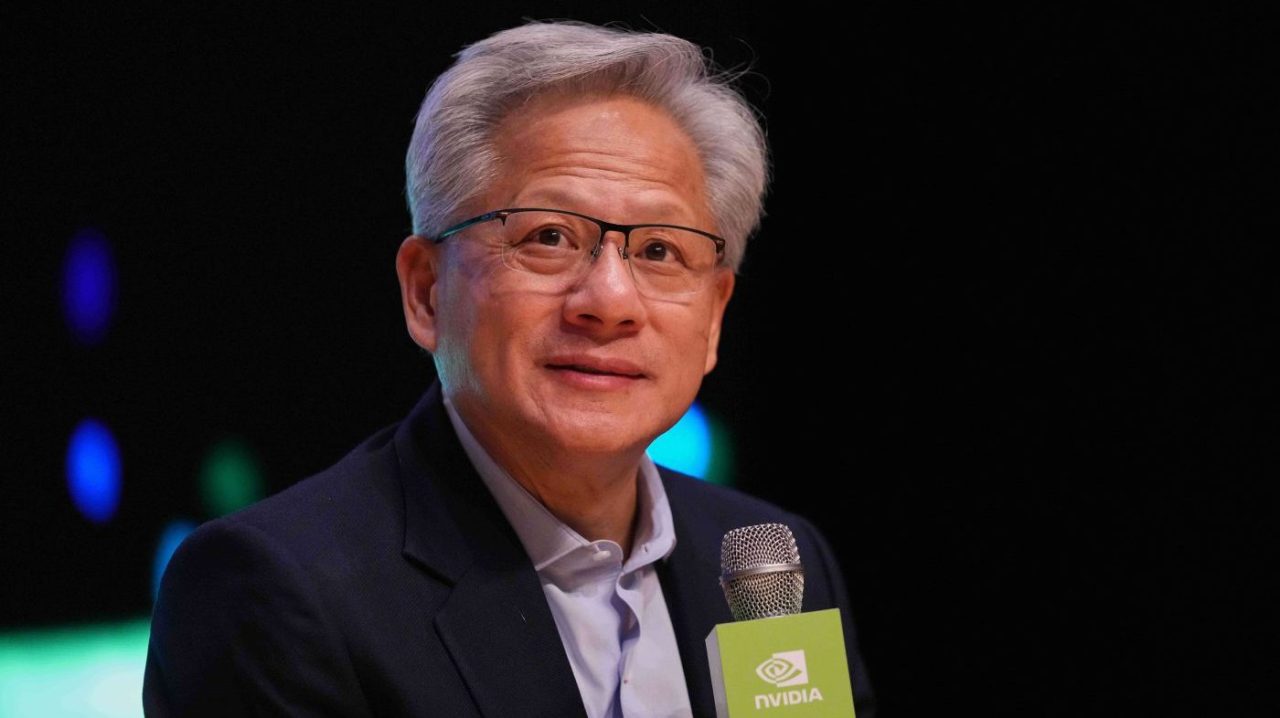Nvidia CEO Jensen Huang clarified that China could win the AI race, stressing Beijing is closing the gap through lower electricity costs, government subsidies and large scale compute deployment. The exchange emphasizes risks for the AI chip supply chain, export controls and the need for proactive compute strategy.

Nvidia CEO Jensen Huang clarified his headline remark that China could win the AI race, saying his point was to underscore how quickly Beijing is closing the gap and to warn about structural advantages such as lower electricity costs, government subsidies and large scale compute deployment. The exchange matters for any organization building AI because it highlights how AI compute infrastructure and semiconductor supply chain decisions are now as strategic as models and algorithms.
The comment lands against a backdrop of global demand for Nvidia AI chips, US export controls on advanced semiconductors and a tightening market for data center GPUs. Training and running large models now depends on access to high performance compute, reliable power and the capital to deploy clusters at scale. That reality ties together AI model scalability, cloud AI infrastructure and the geopolitics of semiconductors.
Export controls and AI regulation and policy remain live issues. US export controls shape where and how advanced training takes place and influence cloud AI infrastructure strategies. For businesses this means preparing for periodic limits on high end hardware availability and potential price swings tied to policy and supply chain disruptions.
Analysts view Huang’s clarification as a sober warning about the shifting geometry of global AI leadership in the face of US China AI competition. It is not just about one city or one company winning. It is about an ecosystem that includes AI compute infrastructure, capital allocation, regulatory regimes and human capital.
Expect continued competition for advanced GPUs and the possibility of policy driven supply constraints. Firms that proactively secure diverse compute routes, monitor AI chip market forecasts and invest in efficiency and talent will be better positioned as the geopolitics of AI unfold.
Jensen Huang’s exchange over whether China could win the AI race is a prompt to reassess assumptions about where advanced automation will be built and who will control the critical infrastructure. The immediate, practical message is clear: plan for compute competition, prepare for supply chain volatility and treat AI compute strategy as a board level priority.



